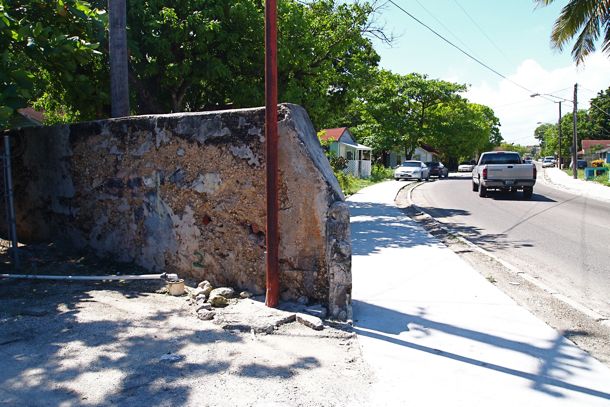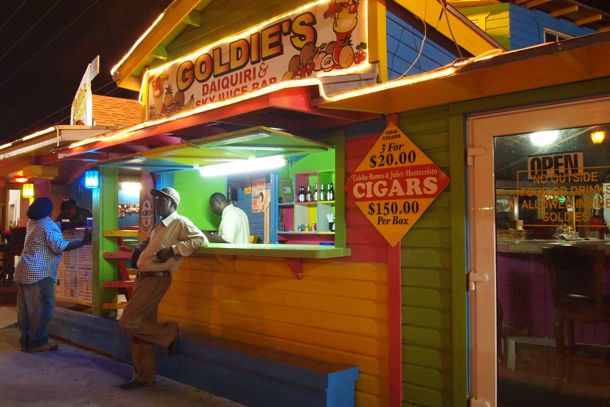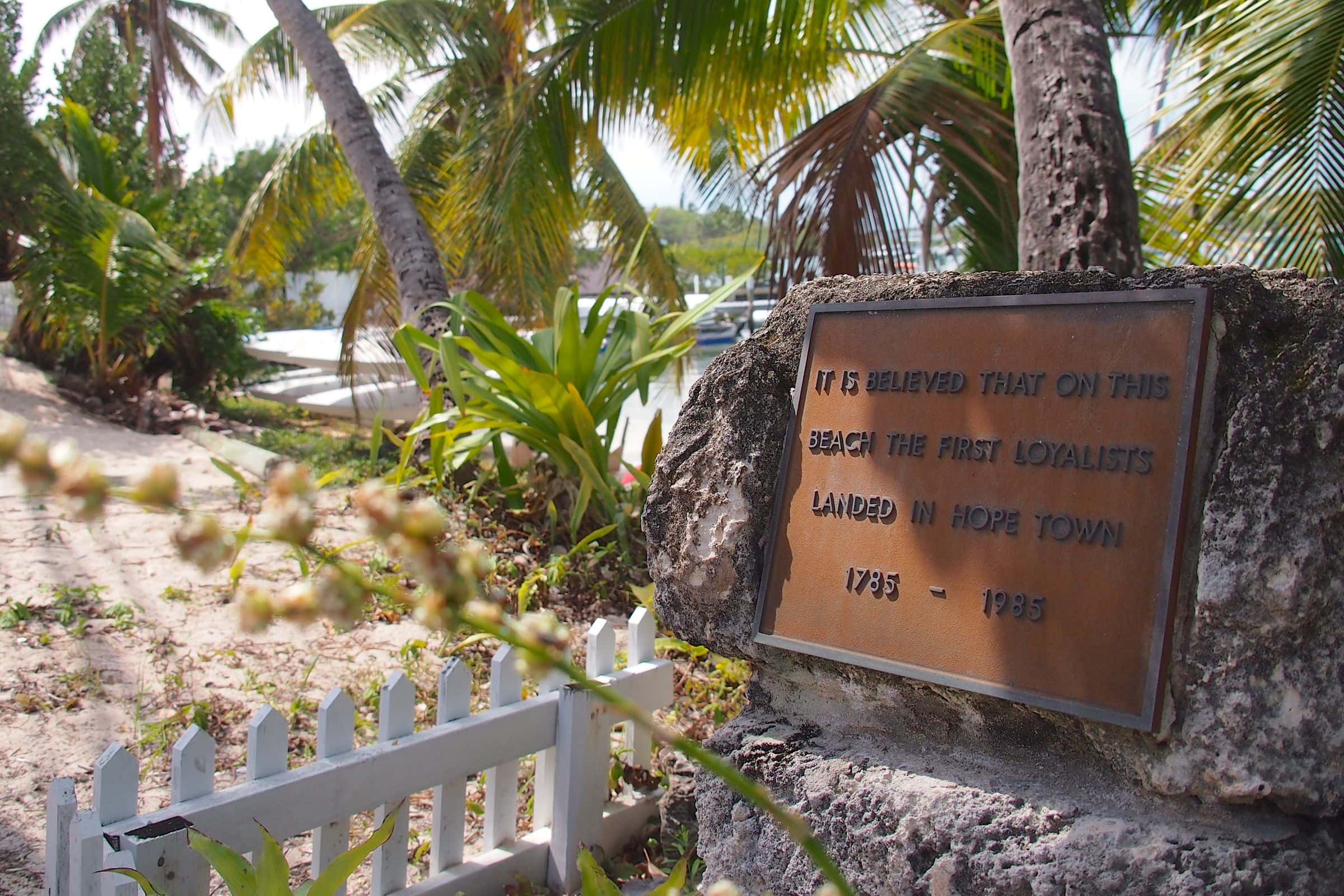Collins Wall Nassau: A Controversial Uncommon Attraction
All throughout recorded history, people have constructed walls. Whether built as protection or simply to mark borders, walls have always done at least one thing: divide. In this way, walls often spur controversy, tragedy, or worse. Remember the Berlin Wall? Well, in Nassau there’s an old wall that some say rivals the bad in those East German bricks. The wall in question is called Collins Wall.
Its construction was commissioned during the Great Depression by a man named Ralph G. Collins. One of the more infamous figures in Bahamian history, Collins is described as a “bootlegging millionaire” in Islands in the Stream: A History of the Bahamian People.
What motivated Collins to build his wall? Well, according to some, he built it out of a sense of civic duty.
Collins Wall Origins
The Prohibition Years that preceded the Great Depression in the United States were very good to The Bahamas. Well-to-do Bahamians prospered by supplying America’s continued thirst for alcohol. The end of Prohibition coupled with the start of the Great Depression, though, proved devastating to the Bahamian economy.
As the story goes, Collins dreamed up his wall project to spur employment. He hired local laborers to build the wall and work in his citrus orchard.
At two miles long on three sides and 10 feet high, the Collins Wall was an imposing structure. It effectively walled off Mr. Collins’ sprawling estate from the then undeveloped western and southern regions outside of Nassau. It also created a barrier restricting downtown access from those same southern and western regions.
So, local philanthropist does good. Nice story, right?
Uh, not so fast.
Separate and Unequal
More than a few locals that I met during a recent visit to Nassau spoke with utter disdain about this wall. Why? An older gentleman taxi driver put it plainly:
Collins Wall separated the whites living downtown from the blacks living in the poorer areas.
To many Bahamians, Collins Wall remains an enduring symbol of segregation. Much of this negative sentiment stems from the years immediately following Mr. Collins’ passing in 1946. That’s when Collins’ large estate was divided into parcels. The wall, though, remained. Only now it separated the more developed downtown, predominantly populated by whites, from a new mostly black community to the west.
As the majority of employment opportunities were based downtown, the continued existence of Collins Wall created quite the commuting challenge for black residents. The oft-heard Nassau expression “head over the wall” stems from this history, as to get to and from work that’s exactly what black people had to do.
In an effort to ease the process, ladders were erected at varying points along the wall.
Yes, it’s incredible, but true. Black Bahamians had to clamber up makeshift ladders over a 10-foot wall to make a living in 1940’s/50’s Nassau. Unbelievable, right?
That, however, was not the worst of it.
A second local man whom I met told me that black people were not allowed in downtown Nassau after dark back in the day. So, all that clambering had to be done hurriedly at the close of each work day.
Not surprisingly, this led to tragedy.
Wall Tragedy
Accidents along Collins Wall were common. The most famous one involved a pregnant lady who lost her baby when she fell heading over the wall.
That particular tragedy brought the controversy over the wall to a head in the 1956 local elections. Eventually, starting in the 1960’s, large swaths of the wall were removed. This opened roadways like the one you see pictured above.
So, the wall itself is now not the impediment that it once was. Clearly, though, hard feelings remain.



